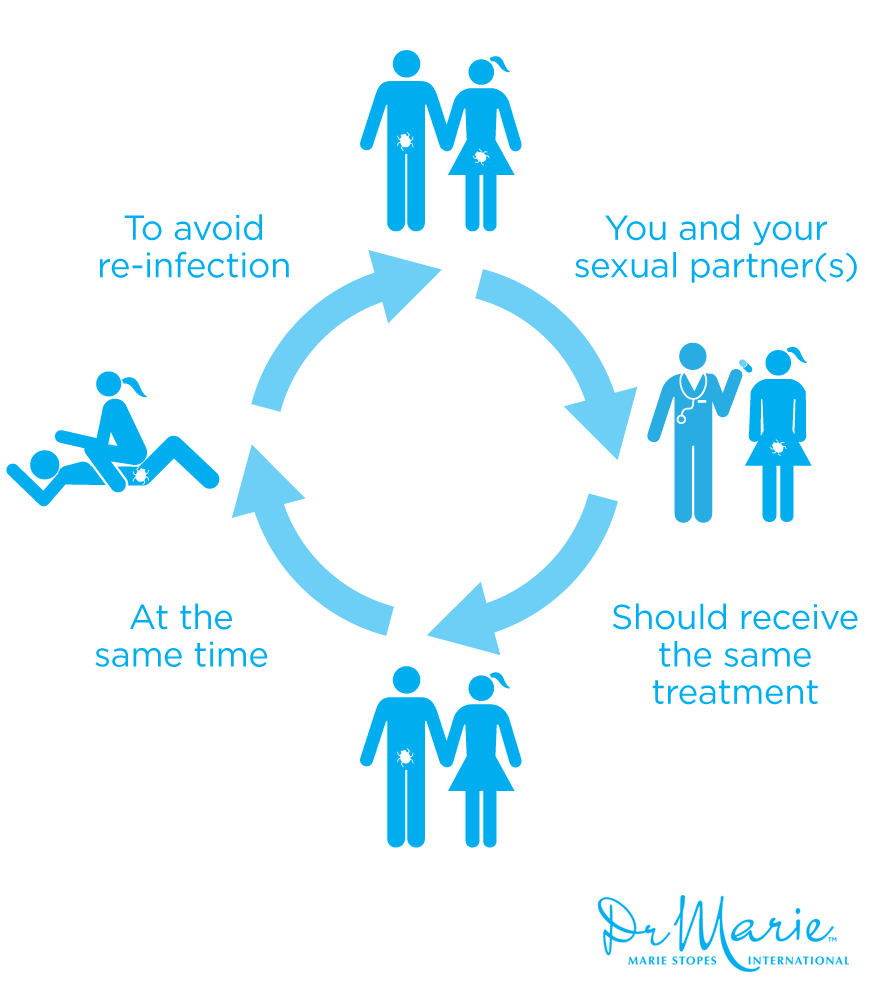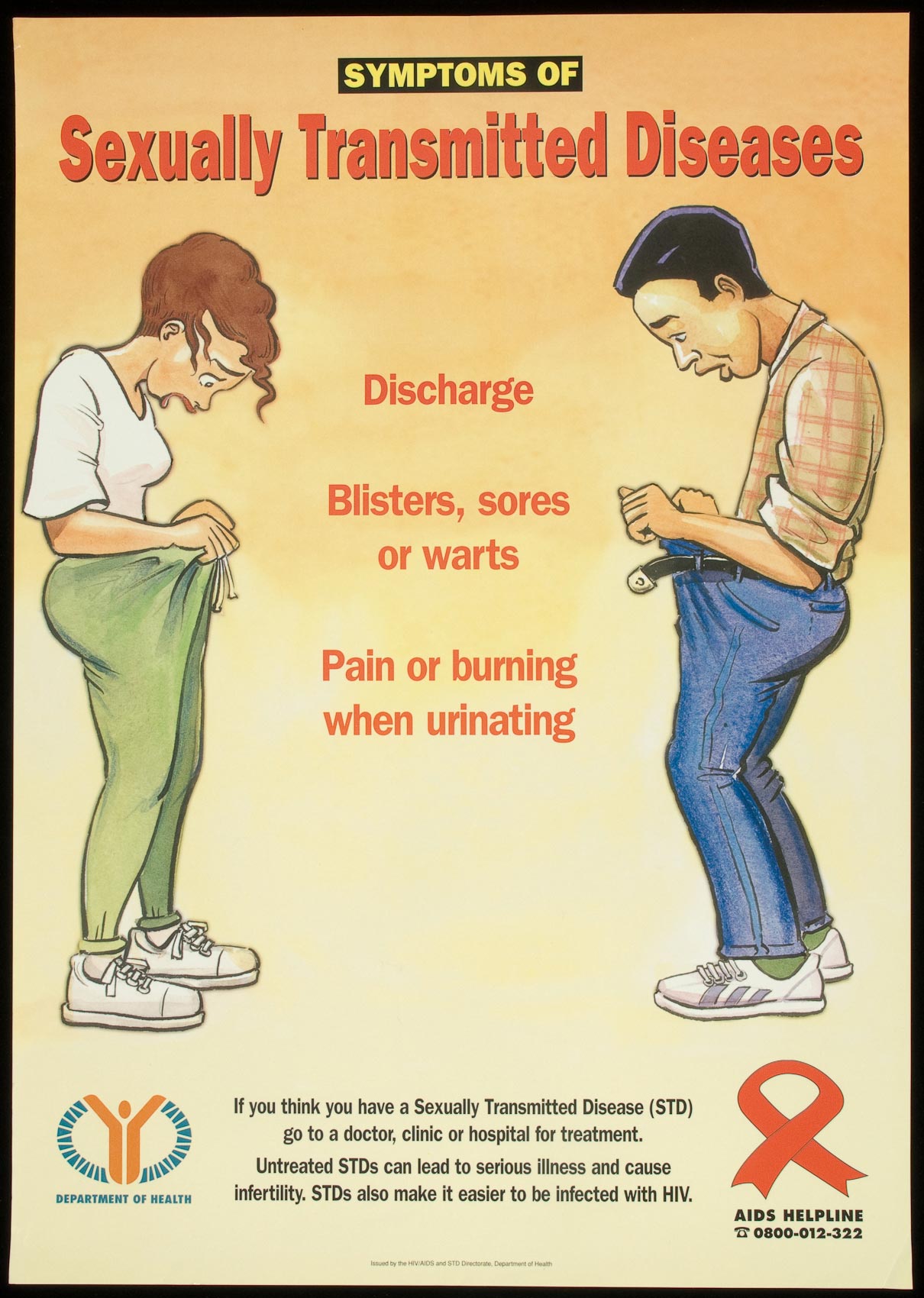Cool Tips About How To Check For Stis

Learn about common and possible std symptoms and how serious they might be.
How to check for stis. Sti symptoms vary from rashes, to pain when passing urine, discharge from the penis,. Sexually transmitted diseases (stds) are caused by sexually transmitted infections (stis). Sti testing can check for chlamydia, gonorrhea, herpes, hiv, and other conditions.
While most stds and stis do cause symptoms, many are easily mistaken. What are stds (sexually transmitted diseases)? Testing is based on a blood or urine.
Where can i get tested? The only way to know you have an infection is to get an sti test. The sample is then studied in a lab.
Here’s everything you need to know about sti testing, including types of stis and how they’re transmitted, when to get tested and what happens during an sti test. Symptoms usually appear after 1 to 3 weeks but can. Stis have a profound impact on sexual and reproductive health worldwide.
Learn more about safe sex. Sti testing isn’t a single test. Anyone ages 13 to 64 should be tested for hiv at least once in their life, as well as after any potential exposure.
Screening recommendations should be adapted based on anatomy, (i.e., annual, routine screening for chlamydia in cisgender women < 25 years old should be extended to all. Look for any signs of atypical vaginal or penile discharge. February 27, 2024.
Sexually transmitted disease (std) symptoms. Before your iud is fitted, a doctor or nurse will check inside your vagina to check the position and size of your womb. Information, statistics, and treatment guidelines for sexually transmitted diseases (std) from cdc's division of std prevention.
Women who are 25 years and older with. Experts recommend sti screening for: In 2020, who estimated 374 million.
They are spread mainly by sexual contact. According to cdc guidelinestrusted source: Health care providers screen people for chlamydia and gonorrhea using a swab test or urine test.
Across the country, 3,755 cases of congenital syphilis were reported to the cdc in 2022 — that's 10 times as high as the number a decade before, the recent data. Although some people might not. Published on march 16, 2023.



:max_bytes(150000):strip_icc()/std-diagnosis-3133242_final_CORRECTED-b7c7022dc607415ea250f10c34bc34ca.jpg)














